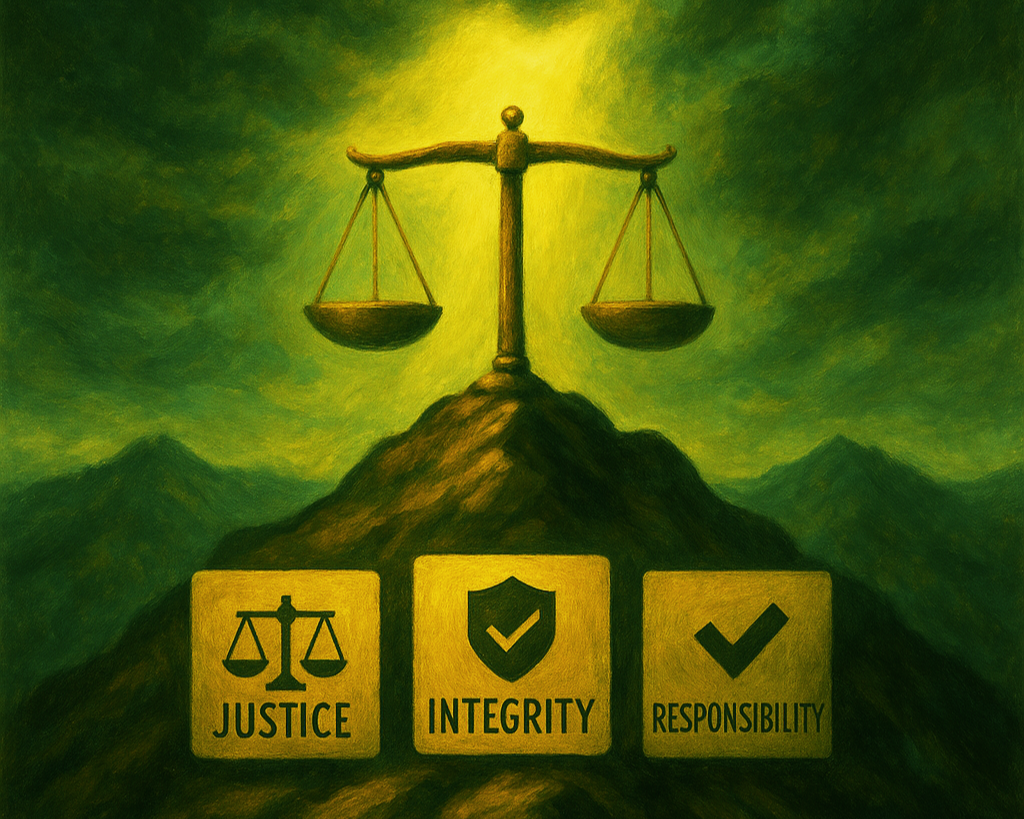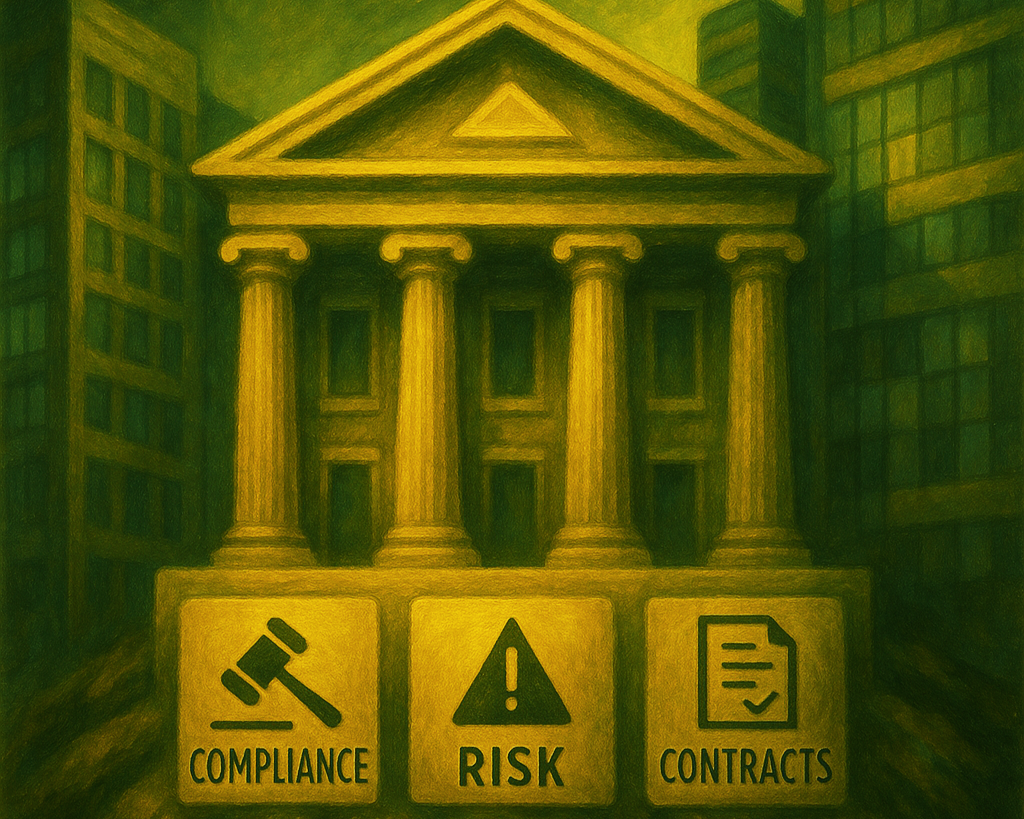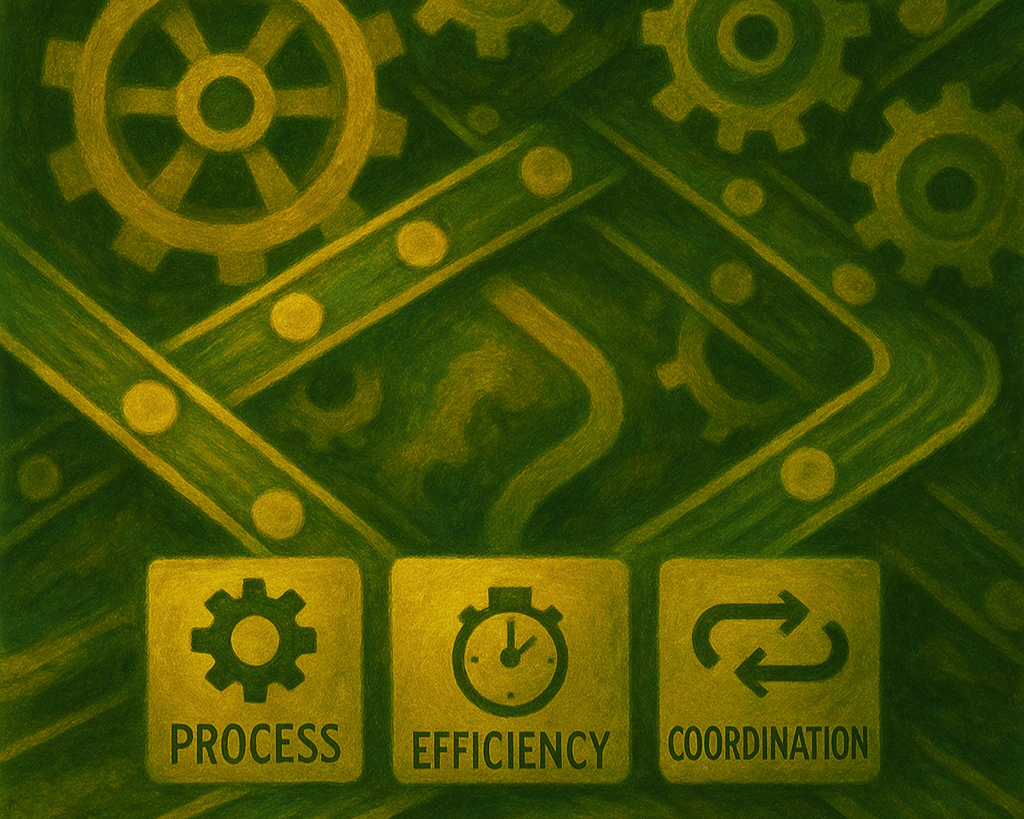The Dimensions of DRT
Every decision operates across seven distinct but connected planes of reasoning, each with its own logic, priorities, and measures of success. Above them all is Faith as the Transcendent layer, shaping how each plane is approached and understood. Grasping both the individual nature of each plane and the way they interact — through the steady influence of faith — is the key to making decisions that endure in complexity and change.
Moral Plane
Explanation:
The Moral Plane is where decisions are weighed against core principles such as honesty, fairness, and responsibility. It focuses on whether a choice is fundamentally right, not just whether it is profitable or legally compliant. Leaders working on this plane look beyond immediate gains to consider the broader human, social, and environmental consequences of their actions. It’s about protecting trust and credibility, knowing that once they are lost, they are difficult to regain.
This plane also demands consistency. A leader who applies ethical standards only when convenient will quickly lose respect. In contrast, decisions rooted in moral clarity often create a foundation for long-term loyalty from customers, employees, and stakeholders. In a world where reputation can be destroyed overnight, the Moral Plane is what helps organizations and individuals stand firm in the face of pressure.
Real World Application:
A profitable product is discovered to have long-term health risks for customers. Even though no laws have yet been broken, the company voluntarily pulls it from the market. The short-term hit to revenue is outweighed by the long-term preservation of public trust and the organization’s integrity.

Strategic Plane
Explanation:
The Strategic Plane is about seeing the bigger picture and making deliberate choices that create long-term advantage. It guides where to focus, how to stand out, and how to adapt when conditions change. Decisions here require a forward-looking mindset, considering not just what works now but what will still work years into the future. It’s about connecting current actions to a clear vision of success.Without a strong strategic foundation, organizations often chase short-term opportunities that don’t fit their long-term goals. The Strategic Plane keeps efforts aligned and resources focused, ensuring every move builds toward a lasting position of strength rather than a quick win that fades.
Real World Application:
A company with a strong domestic market decides to expand internationally. Rather than choosing countries at random, it studies market trends, competitor weaknesses, and cultural fit to enter locations where it can differentiate itself and grow sustainably.

Legal Plane
Explanation:
The Legal Plane ensures decisions stay within the rules, regulations, and formal agreements that govern an organization’s actions. It’s about more than simply avoiding fines or lawsuits — it’s about protecting the organization’s ability to operate and its reputation for integrity. This plane considers current requirements as well as upcoming legal changes that could affect the decision’s success.
Working on the Legal Plane means understanding that even a small oversight can have large consequences. By integrating legal awareness early in the decision process, leaders can reduce risk, avoid costly setbacks, and keep plans moving forward without interruption.
Real World Application:
A software company developing a new data analytics tool delays its release until it meets the requirements of new privacy legislation. The decision prevents the risk of fines, legal disputes, and public backlash while preserving the company’s reputation for responsible data use.

Operational Plane
Explanation:
The Operational Plane is where strategy turns into action. It covers the systems, processes, people, and resources needed to deliver results reliably and efficiently. Leaders working on this plane focus on making sure the right things happen at the right time and in the right way, with as little waste as possible.
Strong operational execution is what turns a good idea into a sustainable reality. Without it, even the most innovative plans can fail due to delays, poor coordination, or lack of resources. The Operational Plane ensures that decisions don’t just look good on paper — they work in practice.
Real World Application:
A retailer decides to offer same-day delivery. To make it work, they redesign their warehouse workflows, retrain staff, and install new routing software. The success of the decision depends entirely on operational strength.

Financial Plane
Explanation:
The Financial Plane looks at how decisions affect the flow and stability of money and other resources. It examines whether a choice will create value, consume resources too quickly, or expose the organization to unnecessary risk. This plane ensures that ambitions are backed by a realistic funding model and that resources are allocated where they will have the greatest impact.
Financial reasoning isn’t about avoiding risk entirely — it’s about making sure the returns justify the risks taken. Leaders on this plane balance short-term needs with long-term stability, so the organization can seize opportunities without compromising its future.
Real World Application:
A non-profit considers opening a new community center. Financial analysis reveals that without a long-term funding plan, the project would run out of money in three years. The decision is paused until sustainable financing is secured.

Social/Emotional Plane
Explanation:
The Social/Emotional Plane is about the people side of decisions — how they will be received, how they will make people feel, and how they will affect relationships. Logic and facts may guide the plan, but emotions and perceptions determine whether it will be accepted and supported.
Ignoring this plane can create resistance, fear, or disengagement. Addressing it means communicating clearly, listening actively, and showing empathy for those affected. Leaders who work effectively on this plane often find that even difficult changes can be implemented with cooperation instead of conflict.
Real World Application:
A CEO announces a major shift in company strategy. Instead of sending a generic email, they host small-group meetings to explain the reasoning, answer questions, and address concerns directly. The approach keeps employees engaged and supportive.

Political Plane
Explanation:
The Political Plane examines how power, influence, and alliances shape decisions. Every significant decision has stakeholders with their own agendas, and their level of support or opposition can determine success or failure. This plane involves mapping relationships, identifying key influencers, and building coalitions that can carry the decision forward.
Working on the Political Plane isn’t about manipulation — it’s about understanding the decision’s environment and navigating it strategically. Leaders who ignore political realities risk having their plans blocked, delayed, or altered beyond recognition.
Real World Application:
A school district wants to pass a new funding measure. The superintendent meets with parent groups, business leaders, and local officials to build consensus before the proposal goes public, ensuring broad support when it reaches the ballot.

Faith is Transcendent
Explanation:
Faith is Transcendent sits above all seven planes of decision-making, influencing how each is approached and interpreted. It is not confined to religious belief — though it may include that — but represents a deep trust in purpose, meaning, and guiding principles that extend beyond what can be proven or measured. This layer shapes how leaders confront uncertainty, how they respond to adversity, and how they remain anchored when tangible evidence is incomplete.
Unlike the other planes, Faith is Transcendent is less about the mechanics of a decision and more about the lens through which all decisions are viewed. It provides perspective in moments when logic alone cannot resolve the path forward, and it instills the conviction needed to act with integrity despite risk, delay, or doubt. This anchoring influence allows leaders to connect choices to something greater than immediate results.
Real World Application:
A humanitarian organization faces mounting obstacles in delivering aid to a conflict zone — blocked supply routes, hostile political actors, and severe weather. The leadership team draws on their shared faith in the mission’s value and the belief that every effort to help is worthwhile, even when results are slow and uncertain. That conviction keeps them moving forward when pure cost-benefit analysis might suggest giving up.




